
96 posts
Latest Posts by karlfelersii - Page 3

For more posts like this go to @mypsychology

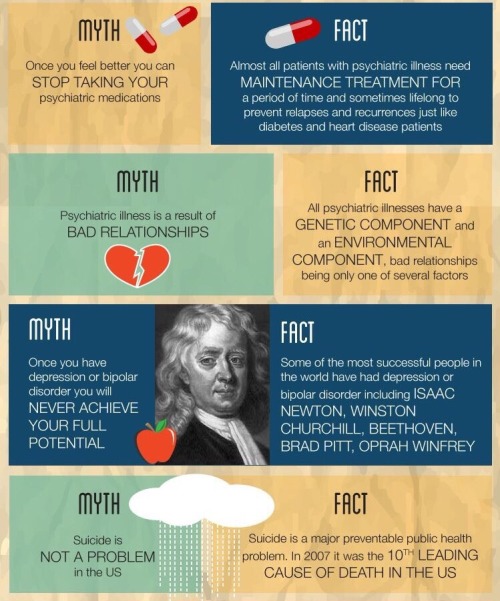


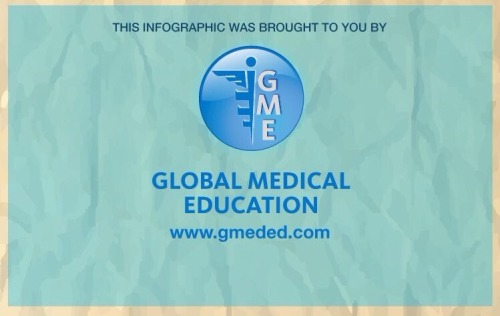
Myths & Facts about Mental Illness
source: Global Medical Education
For more follow us @ Awake Society
4 Ways To Improve Exam Memory | Psych2Go
How to Study Effectively | Psych2Go
This is devastating

Half of the Great Barrier Reef is either dead or dying, and 93% of it is now bleached. Coral bleaches when it’s highly stressed due to pollution, overheating, or disease. If climate conditions do not change, most of the reef will probably disappear. Source Source 2 Source 3

All of that coral is dead. And all of this coral…





…is bleached.

Never give up on someone with a mental illness. When “I” is replaced by “we”, illness becomes wellness.
Shannon L. Alder (via psych2go)


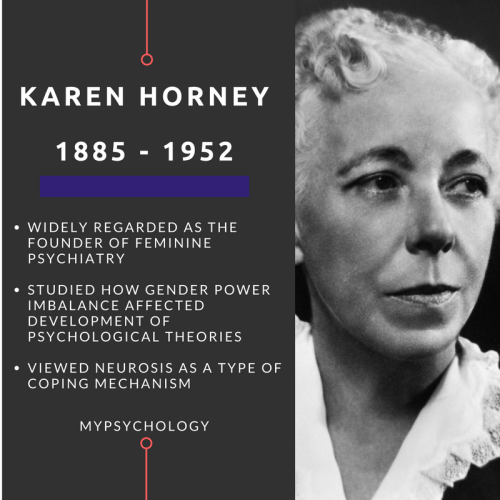
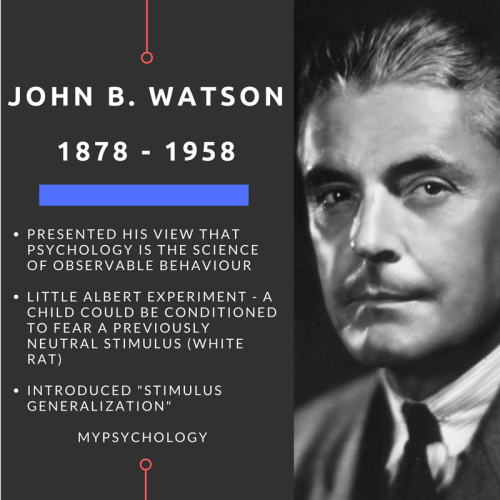
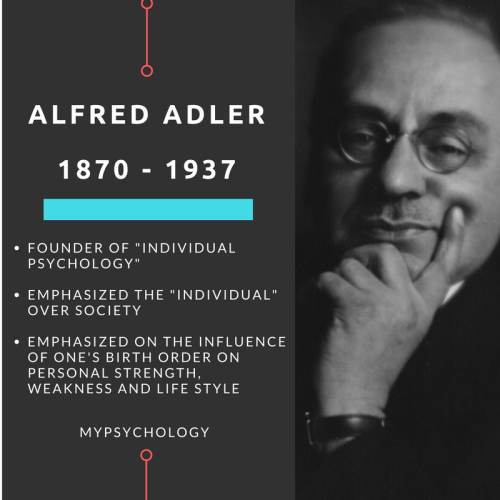



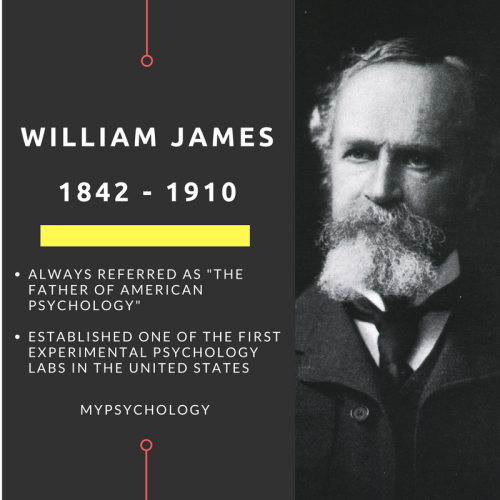
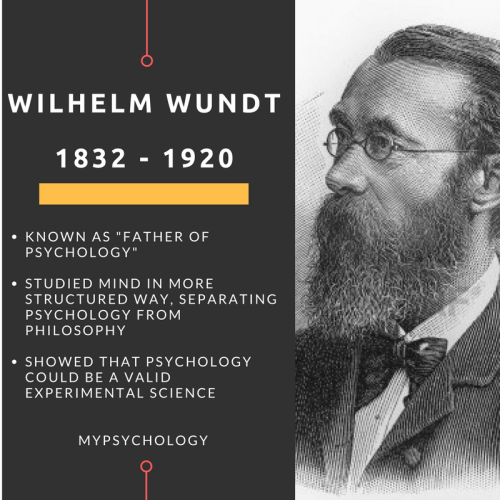
List of Historical People Who Left A Mark on Psychology
[MY Psychology]










Superstitions around the world.
Anyone interested in a psychology article about superstitions and why some people believe in them? Follow me and I will make a post @mypsychology
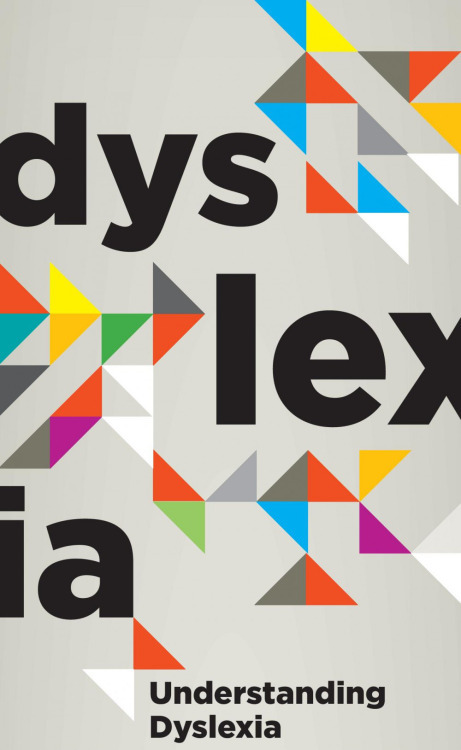

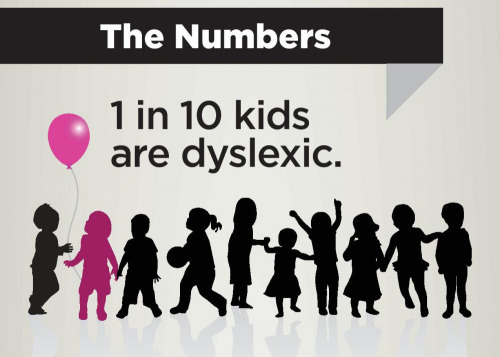
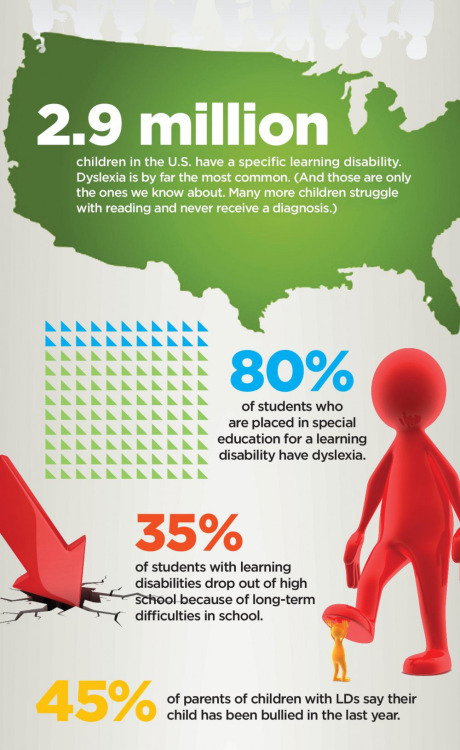
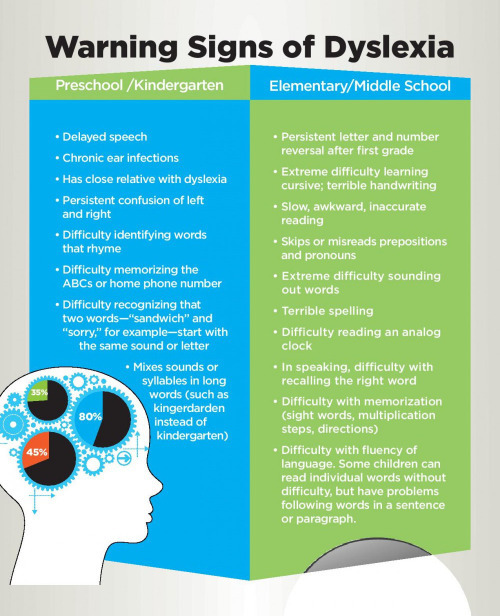
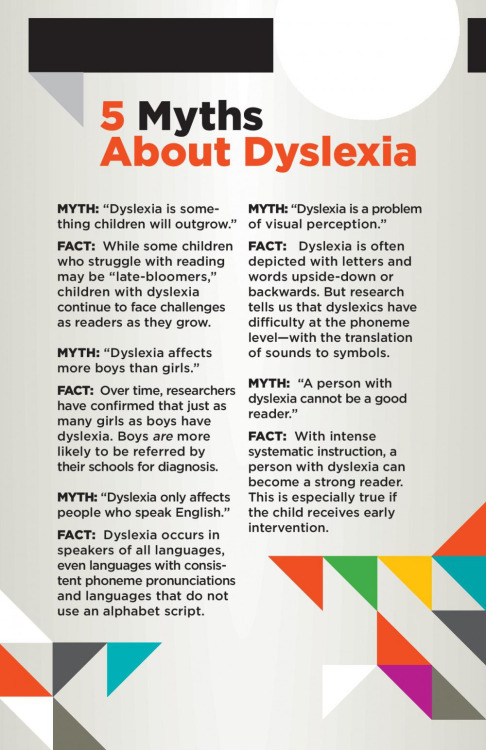
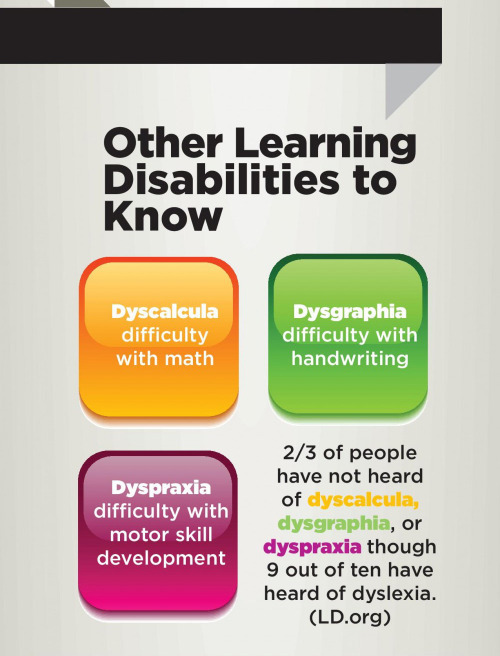
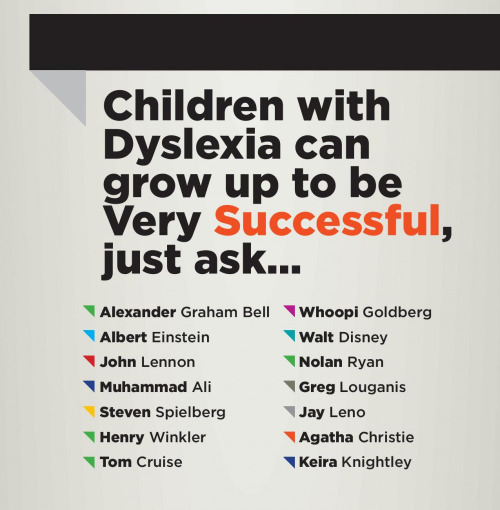
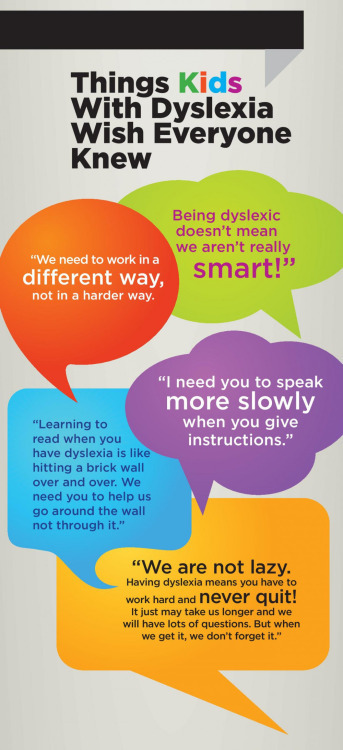
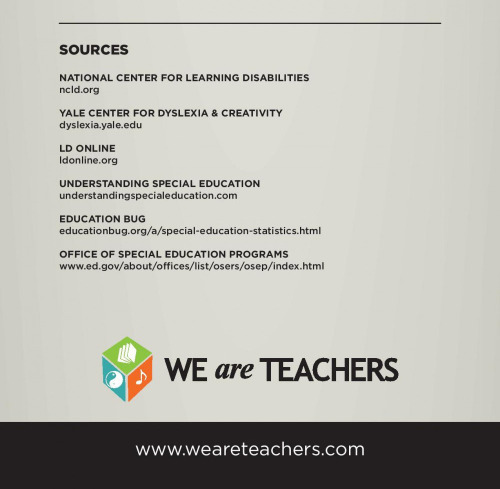
For more posts like these, go to @mypsychology

Split brain does not lead to split consciousness
A new research study contradicts the established view that so-called split-brain patients have a split consciousness. Instead, the researchers behind the study, led by UvA psychologist Yair Pinto, have found strong evidence showing that despite being characterised by little to no communication between the right and left brain hemispheres, split brain does not cause two independent conscious perceivers in one brain. Their results are published in the latest edition of the journal Brain.

Split brain is a lay term to describe the result of a corpus callosotomy, a surgical procedure first performed in the 1940s to alleviate severe epilepsy among patients. During this procedure, the corpus callosum, a bundle of neural fibres connecting the left and right cerebral hemispheres, is severed to prevent the spread of epileptic activity between the two brain halves. While mostly successful in relieving epilepsy, the procedure also virtually eliminates all communication between the cerebral hemispheres, thereby resulting in a ‘split brain’.
This condition was made famous by the work of Nobel laureate Roger Sperry and Michael Gazzaniga. In their canonical work, Sperry and Gazzaniga discovered that split-brain patients can only respond to stimuli in the right visual field with their right hand and vice versa. This was taken as evidence that severing the corpus callosum causes each hemisphere to gain its own consciousness.
Divided perception
For their study, Pinto and his fellow researchers conducted a series of tests on two patients who had undergone a full callosotomy. In one of the tests, the patients were placed in front of a screen and shown various objects displayed in several locations. The patients were then asked to confirm whether an object appeared and to indicate its location. In another test, they had to correctly name the object they had seen, a notorious difficulty among spit-brain patients. ‘Our main aim was to determine whether the patients performed better when responding to the left visual field with their left hand instead of their right hand and vice versa’, says Pinto, assistant professor of Cognitive Psychology. ‘This question was based on the textbook notion of two independent conscious agents: one experiencing the left visual field and controlling the left hand, and one experiencing the right visual field and controlling the right hand.’
To the researchers’ surprise, the patients were able to respond to stimuli throughout the entire visual field with all the response types: left hand, right hand and verbally. Pinto: ‘The patients could accurately indicate whether an object was present in the left visual field and pinpoint its location, even when they responded with the right hand or verbally. This despite the fact that their cerebral hemispheres can hardly communicate with each other and do so at perhaps 1 bit per second, which is less than a normal conversation. I was so surprised that I decide repeat the experiments several more times with all types of control.’

(Image caption: A depiction of the traditional view of the split brain syndrome (top) versus what the researchers actually found in two split-brain patients across a wide variety of tasks (bottom). Credit: Yair Pinto)
Undivided consciousness
According to Pinto, the results present clear evidence for unity of consciousness in split-brain patients. ‘The established view of split-brain patients implies that physical connections transmitting massive amounts of information are indispensable for unified consciousness, i.e. one conscious agent in one brain. Our findings, however, reveal that although the two hemispheres are completely insulated from each other, the brain as a whole is still able to produce only one conscious agent. This directly contradicts current orthodoxy and highlights the complexity of unified consciousness.’
In the coming period, Pinto plans to conduct research on more split-brain patients to see whether his findings can be replicated. ‘These patients, who are rapidly decreasing in numbers, are our only way to find out what happens when large subsystems in the brain no longer communicate with each other. This phenomenon raises important questions that cannot be investigated in healthy adults because we have no technique to isolate large subsystems in healthy brains.’
Brain’s Immune Cells Linked to Alzheimer’s, Parkinson’s, Schizophrenia
Researchers at UC San Diego School of Medicine and the Salk Institute have, for the first time, characterized the molecular markers that make the brain’s front lines of immune defense — cells called microglia — unique. In the process, they discovered further evidence that microglia may play roles in a variety of neurodegenerative and psychiatric illnesses, including Alzheimer’s, Parkinson’s and Huntington’s diseases as well as schizophrenia, autism and depression.
Genes that have previously been linked to neurological diseases are turned on at higher levels in microglia compared to other brain cells, the team reported in Science on May 24, 2017. While the link between microglia and a number of disorders has been explored in the past, the new study offers a molecular basis for this connection.

Rat microglia are shown here in green, neurons in red
“These studies represent the first systematic effort to molecularly decode microglia,” says Christopher Glass, PhD, professor at UC San Diego School of Medicine. “Our findings provide the foundations for understanding the underlying mechanisms that determine beneficial or pathological functions of these cells.” Glass led the study with Salk’s Rusty Gage, PhD.
More work is needed to understand exactly how microglia may be altered in people with diseases, but the new molecular profile of microglia offers a way for researchers to begin trying to better culture the cells, or coax stem cells to develop into microglia for future studies.
For more about this study, read the paper and press release.

Do you like these facts? Follow @dailypsychologyfacts for more!

Knowledge is power, the old saying goes, but it isn’t much use if it’s hidden away – so we’re excited to learn that the US Library of Congress is making 25 million of its records available for free, for anyone to access online.
The bibliographic data sets, like digital library cards, cover music, books, maps, manuscripts, and more, and their publication online marks the biggest release of digital records in the Library’s history.
“The Library of Congress is our nation’s monument to knowledge and we need to make sure the doors are open wide for everyone, not just physically but digitally too,” says Librarian of Congress Carla Hayden.
“Unlocking the rich data in the Library’s online catalogue is a great step forward. I’m excited to see how people will put this information to use.”
Continue Reading.


Making Memories While You Sleep
Researchers have long known that the brain produces specific rhythms during sleep, and that different parts of the brain produce different rhythms. We also know that sleep is important for memory. In a recent study published in Nature Communications, UC San Diego School of Medicine researchers bridged the gap between these two schools of research — investigating how the timing of sleeping brain rhythms may influence memory storage.
The research team was led by Eric Halgren, PhD, professor of neurosciences, psychiatry and radiology, and Rachel Mak-McCully, PhD, who was a graduate student in Halgren’s lab at the time of the study. They recorded sleeping rhythms from two regions of the brain — cortex and thalamus — in three people with epilepsy who had electrodes implanted in their brains as part of their treatment.
The thalamus is a relay station for all senses except smell. This part of the brain is considered the “pacemaker” of the sleep spindle, intermittent clusters of brain waves that group cortical activity and strengthen the connections between cortical neurons that form memories. The cortex is where memories are stored permanently, and it’s known to generate slow waves during sleep.
The researchers found how the cortex and thalamus work together to time slow waves and spindles in a sequence that may optimize memory formation.
“During sleep, we usually think of the thalamus as having one conversation while the cortex is having another,” Mak-McCully said. “But what we found is they are actually having a discussion that’s important for memory retention.”
The information the team collected on rhythm timing and coordination between these two areas is important because it allows them to begin thinking about how altering those rhythms could change memory storage. The ultimate goal, Mak-McCully said, is to find ways to manipulate these sleeping brain rhythms as a means to improve, or at least maintain, memory as we age.
“It’s not just that we need more of these rhythms, we need to know when they do what they do, and for how long,” she said.
Pictured: Cartoon of the communication loop described in this study: 1) downstates in the cortex lead to 2) downstates in the thalamus, which produces a spindle that 3) is sent back to the cortex.
Making A.I. Systems that See the World as Humans Do
A Northwestern University team developed a new computational model that performs at human levels on a standard intelligence test. This work is an important step toward making artificial intelligence systems that see and understand the world as humans do.
“The model performs in the 75th percentile for American adults, making it better than average,” said Northwestern Engineering’s Ken Forbus. “The problems that are hard for people are also hard for the model, providing additional evidence that its operation is capturing some important properties of human cognition.”
The new computational model is built on CogSketch, an artificial intelligence platform previously developed in Forbus’ laboratory. The platform has the ability to solve visual problems and understand sketches in order to give immediate, interactive feedback. CogSketch also incorporates a computational model of analogy, based on Northwestern psychology professor Dedre Gentner’s structure-mapping theory. (Gentner received the 2016 David E. Rumelhart Prize for her work on this theory.)
Forbus, Walter P. Murphy Professor of Electrical Engineering and Computer Science at Northwestern’s McCormick School of Engineering, developed the model with Andrew Lovett, a former Northwestern postdoctoral researcher in psychology. Their research was published online this month in the journal Psychological Review.
The ability to solve complex visual problems is one of the hallmarks of human intelligence. Developing artificial intelligence systems that have this ability not only provides new evidence for the importance of symbolic representations and analogy in visual reasoning, but it could potentially shrink the gap between computer and human cognition.

(Image caption: An example question from the Raven’s Progressive Matrices standardized test. The test taker should choose answer D because the relationships between it and the other elements in the bottom row are most similar to the relationships between the elements of the top rows)
While Forbus and Lovett’s system can be used to model general visual problem-solving phenomena, they specifically tested it on Raven’s Progressive Matrices, a nonverbal standardized test that measures abstract reasoning. All of the test’s problems consist of a matrix with one image missing. The test taker is given six to eight choices with which to best complete the matrix. Forbus and Lovett’s computational model performed better than the average American.
“The Raven’s test is the best existing predictor of what psychologists call ‘fluid intelligence, or the general ability to think abstractly, reason, identify patterns, solve problems, and discern relationships,’” said Lovett, now a researcher at the US Naval Research Laboratory. “Our results suggest that the ability to flexibly use relational representations, comparing and reinterpreting them, is important for fluid intelligence.”
The ability to use and understand sophisticated relational representations is a key to higher-order cognition. Relational representations connect entities and ideas such as “the clock is above the door” or “pressure differences cause water to flow.” These types of comparisons are crucial for making and understanding analogies, which humans use to solve problems, weigh moral dilemmas, and describe the world around them.
“Most artificial intelligence research today concerning vision focuses on recognition, or labeling what is in a scene rather than reasoning about it,” Forbus said. “But recognition is only useful if it supports subsequent reasoning. Our research provides an important step toward understanding visual reasoning more broadly.”
Incoming! We’ve Got Science from Jupiter!
Our Juno spacecraft has just released some exciting new science from its first close flyby of Jupiter!

In case you don’t know, the Juno spacecraft entered orbit around the gas giant on July 4, 2016…about a year ago. Since then, it has been collecting data and images from this unique vantage point.

Juno is in a polar orbit around Jupiter, which means that the majority of each orbit is spent well away from the gas giant. But once every 53 days its trajectory approaches Jupiter from above its north pole, where it begins a close two-hour transit flying north to south with its eight science instruments collecting data and its JunoCam camera snapping pictures.

Space Fact: The download of six megabytes of data collected during the two-hour transit can take one-and-a-half days!

Juno and her cloud-piercing science instruments are helping us get a better understanding of the processes happening on Jupiter. These new results portray the planet as a complex, gigantic, turbulent world that we still need to study and unravel its mysteries.
So what did this first science flyby tell us? Let’s break it down…
1. Tumultuous Cyclones

Juno’s imager, JunoCam, has showed us that both of Jupiter’s poles are covered in tumultuous cyclones and anticyclone storms, densely clustered and rubbing together. Some of these storms as large as Earth!

These storms are still puzzling. We’re still not exactly sure how they formed or how they interact with each other. Future close flybys will help us better understand these mysterious cyclones.

Seen above, waves of clouds (at 37.8 degrees latitude) dominate this three-dimensional Jovian cloudscape. JunoCam obtained this enhanced-color picture on May 19, 2017, at 5:50 UTC from an altitude of 5,500 miles (8,900 kilometers). Details as small as 4 miles (6 kilometers) across can be identified in this image.

An even closer view of the same image shows small bright high clouds that are about 16 miles (25 kilometers) across and in some areas appear to form “squall lines” (a narrow band of high winds and storms associated with a cold front). On Jupiter, clouds this high are almost certainly comprised of water and/or ammonia ice.
2. Jupiter’s Atmosphere
Juno’s Microwave Radiometer is an instrument that samples the thermal microwave radiation from Jupiter’s atmosphere from the tops of the ammonia clouds to deep within its atmosphere.

Data from this instrument suggest that the ammonia is quite variable and continues to increase as far down as we can see with MWR, which is a few hundred kilometers. In the cut-out image below, orange signifies high ammonia abundance and blue signifies low ammonia abundance. Jupiter appears to have a band around its equator high in ammonia abundance, with a column shown in orange.

Why does this ammonia matter? Well, ammonia is a good tracer of other relatively rare gases and fluids in the atmosphere…like water. Understanding the relative abundances of these materials helps us have a better idea of how and when Jupiter formed in the early solar system.
This instrument has also given us more information about Jupiter’s iconic belts and zones. Data suggest that the belt near Jupiter’s equator penetrates all the way down, while the belts and zones at other latitudes seem to evolve to other structures.
3. Stronger-Than-Expected Magnetic Field

Prior to Juno, it was known that Jupiter had the most intense magnetic field in the solar system…but measurements from Juno’s magnetometer investigation (MAG) indicate that the gas giant’s magnetic field is even stronger than models expected, and more irregular in shape.

At 7.766 Gauss, it is about 10 times stronger than the strongest magnetic field found on Earth! What is Gauss? Magnetic field strengths are measured in units called Gauss or Teslas. A magnetic field with a strength of 10,000 Gauss also has a strength of 1 Tesla.

Juno is giving us a unique view of the magnetic field close to Jupiter that we’ve never had before. For example, data from the spacecraft (displayed in the graphic above) suggests that the planet’s magnetic field is “lumpy”, meaning its stronger in some places and weaker in others. This uneven distribution suggests that the field might be generated by dynamo action (where the motion of electrically conducting fluid creates a self-sustaining magnetic field) closer to the surface, above the layer of metallic hydrogen. Juno’s orbital track is illustrated with the black curve.
4. Sounds of Jupiter
Juno also observed plasma wave signals from Jupiter’s ionosphere. This movie shows results from Juno’s radio wave detector that were recorded while it passed close to Jupiter. Waves in the plasma (the charged gas) in the upper atmosphere of Jupiter have different frequencies that depend on the types of ions present, and their densities.
Mapping out these ions in the jovian system helps us understand how the upper atmosphere works including the aurora. Beyond the visual representation of the data, the data have been made into sounds where the frequencies and playback speed have been shifted to be audible to human ears.
5. Jovian “Southern Lights”

The complexity and richness of Jupiter’s “southern lights” (also known as auroras) are on display in this animation of false-color maps from our Juno spacecraft. Auroras result when energetic electrons from the magnetosphere crash into the molecular hydrogen in the Jovian upper atmosphere. The data for this animation were obtained by Juno’s Ultraviolet Spectrograph.

During Juno’s next flyby on July 11, the spacecraft will fly directly over one of the most iconic features in the entire solar system – one that every school kid knows – Jupiter’s Great Red Spot! If anybody is going to get to the bottom of what is going on below those mammoth swirling crimson cloud tops, it’s Juno.

Stay updated on all things Juno and Jupiter by following along on social media: Twitter | Facebook | YouTube | Tumblr
Learn more about the Juno spacecraft and its mission at Jupiter HERE.

A cannabis compound has been proven for the first time to reduce the frequency of seizures in people with a rare, severe form of epilepsy, according to the results of a randomized trial.
For years, parents have pointed to anecdotal benefits of cannabidiol (CBD), a compound in the marijuana plant that does not produce a high, saying it reduces seizures in treatment-resistant epilepsy.
Now doctors have performed a randomized trial to show cause and effect, with the findings published in Wednesday’s issue of the New England Journal of Medicine.
To conduct the study, the researchers focused on Dravet syndrome, a rare form of epilepsy that begins in infancy and is linked to a particular mutation that often resists combinations of up to 10 conventional seizure medications. They enrolled 120 patients who ranged in age from 2.5 to 18 years.
Sixty-one patients were randomly assigned to cannabidiol, and the 59 others to placebo. Neither the researchers nor the families knew who received the medication to prevent bias. All continued to take their existing medications.
“The message is that cannabidiol does work in reducing convulsing seizures in children with Dravet syndrome,” said lead author Dr. Orrin Devinksy, who is director of NYU’s Langone Comprehensive Epilepsy Center.
For those in the cannabinoid group, the median number of convulsive seizures per month dropped from 12.4 per month before treatment, to 5.9 seizures, the researchers reported.
The placebo group, in comparison, only saw their convulsive seizures fall from 14.9 per month, to 14.1.
Continue Reading.

Source: http://creativesomething.net/post/54997033332/why-youre-more-creative-at-night-and-how-to







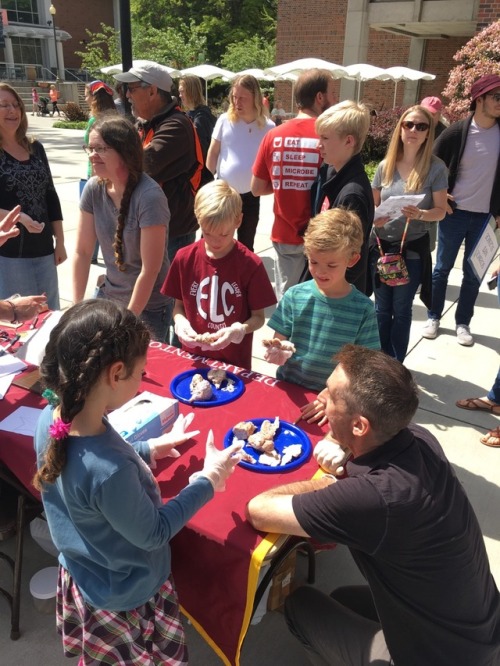






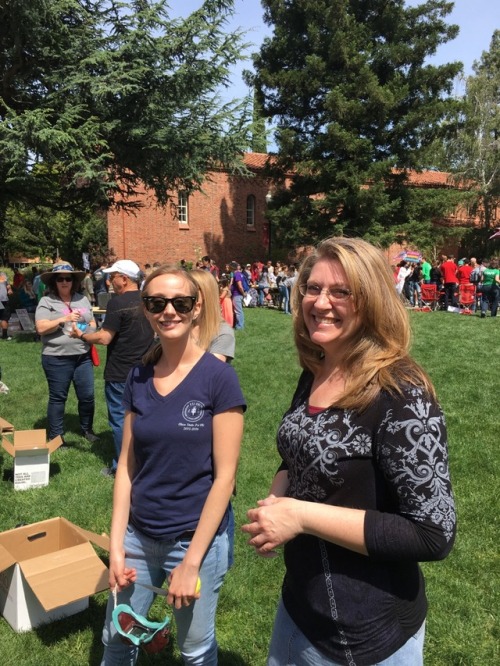
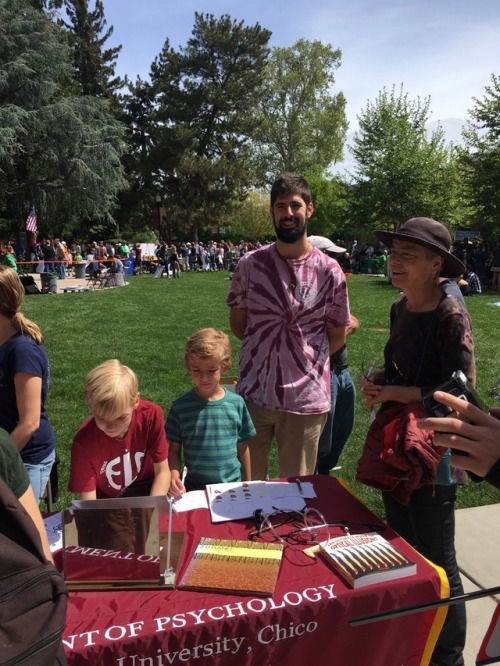
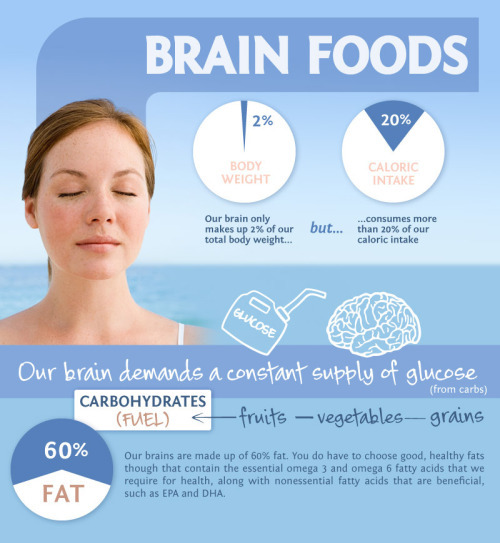
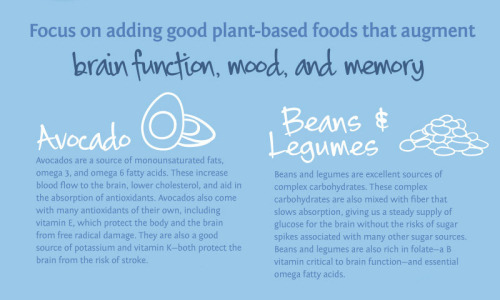
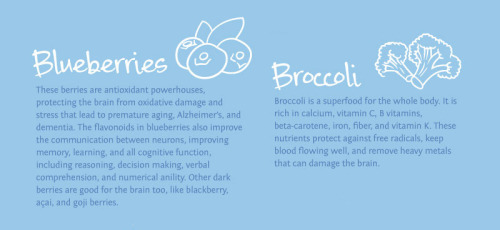
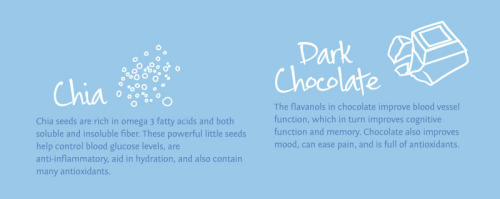
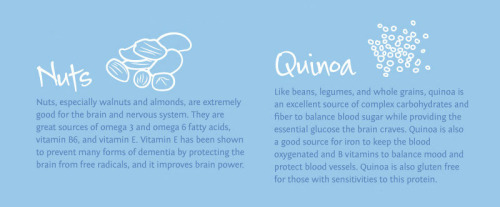
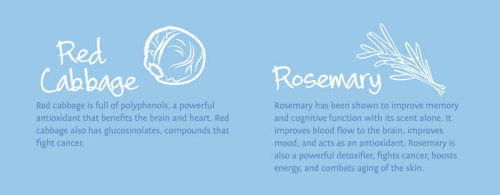
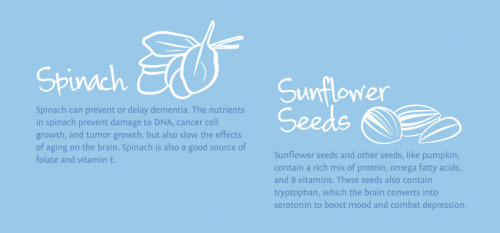
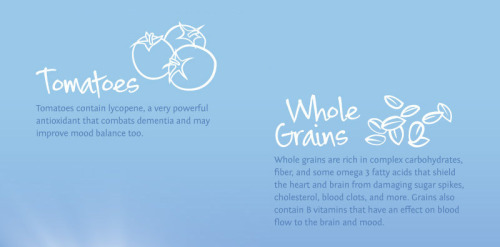

For more posts like these, go to @mypsychology
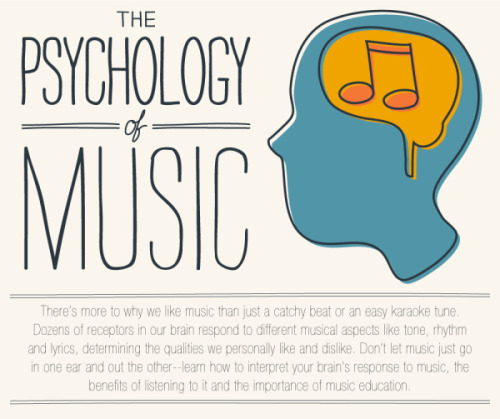
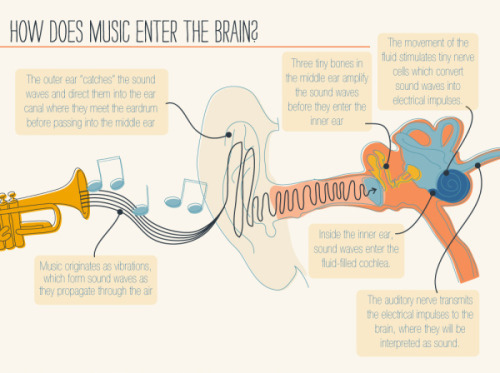
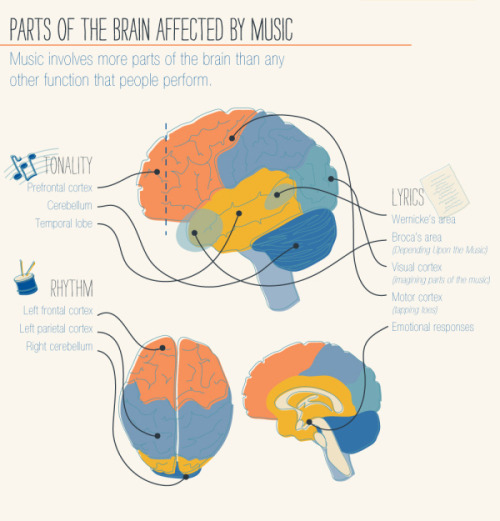
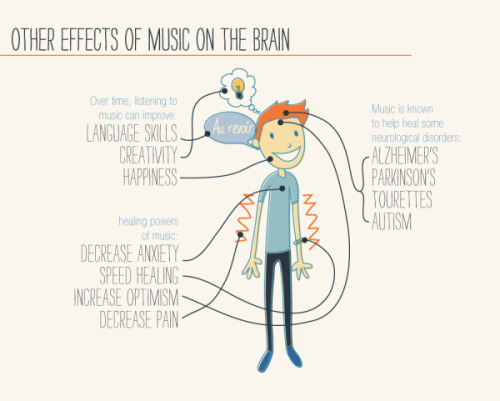
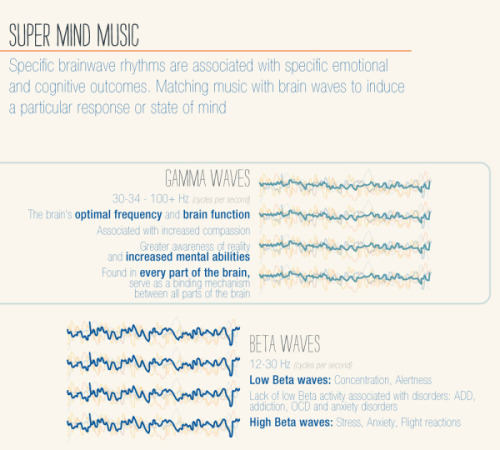
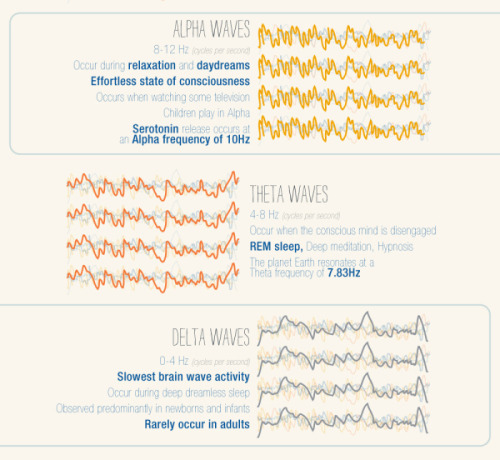
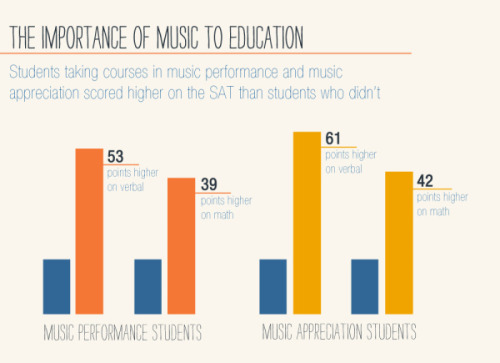

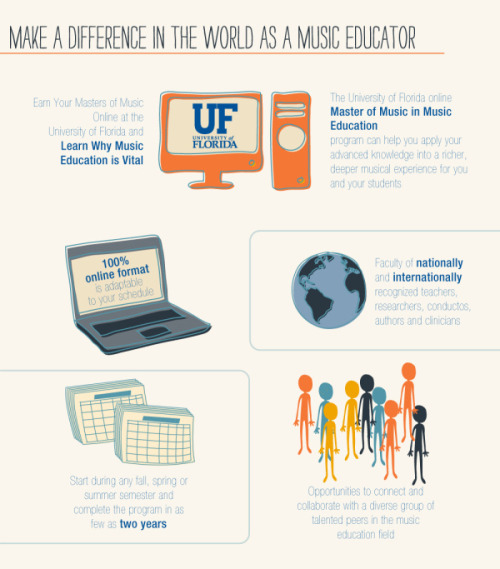
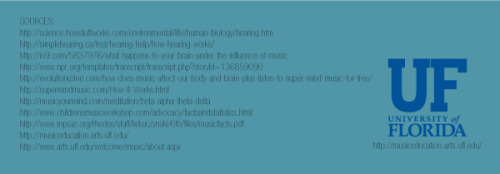
For more posts like these, go to @mypsychology


7 Questions to Ask When You’re Feeling Overwhelmed
1. Which of these tasks should I prioritise? Do what’s most important first, and the pressure will subside.
2. Would I achieve more if I got some extra sleep? If you’re too tired to work then you’re usually less productive.
3. Are other people sucking the life out of me? Are there certain individuals who’re demanding too much time?
4. Is there anything at all that I can delegate? Do I have to do it all, or do the whole thing on my own?
5. Have I taken on too much on because “I don’t let people down”, or I’m afraid of saying “no”; or do I fear the negative reactions of others?
6. Is my space full of clutter, and that’s adding to my stress? Do I need to tidy up, or just get rid of some old stuff?
7. Can I withdraw, or take time off to recharge my batteries? Do I really need a break, and need the chance to be refreshed? Would I likely perform better if I made time for self care
11 TIPS TO OVERCOME NEGATIVE THOUGHTS

Are you tired of negative thoughts? Always thinking of your imperfections? Constantly thinking something will go wrong? That no one loves you? Losing your mind over criticism? Spending hours telling yourself how worthless you are and comparing your life to others? Are you missing out on opportunities due to your pessimistic thoughts? Is your life spiraling down due to this?
Continue reading here: https://www.psych2go.net/11-tips-overcome-negative-thoughts/









